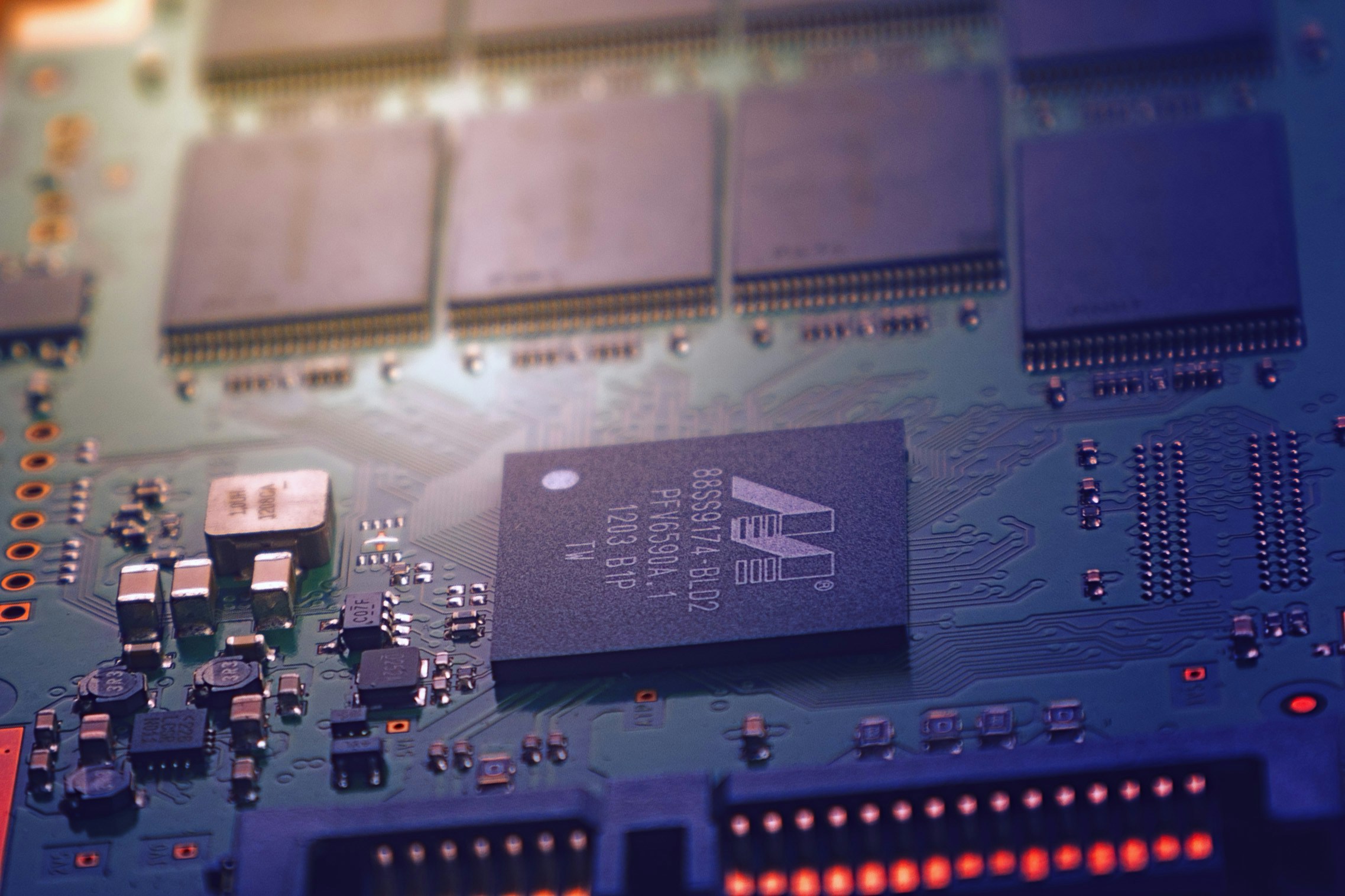Understanding the Phenomenon of Edge Computing: Reshaping the Tech Landscape
Edge computing, an emerging paradigm shift that promises to revolutionize the way data is managed, processed, and delivered from millions of devices around the world. It is an exciting development that could reshape our digital world, offering faster response times and higher efficiency. But what exactly is edge computing, and why is it crucial for the future of tech? Let's dive in.

What is Edge Computing?
Edge computing refers to a distributed computing framework that brings computation and data storage closer to the sources of data. This approach aims to improve response times and save bandwidth, essentially changing the way data is handled, processed, and delivered globally. Born out of necessity due to the exponential growth of IoT devices, edge computing can be seen as a method to circumvent the latency caused by cloud computing and getting data to a datacenter for processing.
A History of Edge Computing
The idea behind edge computing is far from new. It has its roots in the Content Delivery Networks (CDNs) that flourished in the late 1990s and early 2000s. These networks kept copies of data at the edge of the network to speed up access in distributed networks. As the number of connected devices increased, and with it, the demand for real-time, localized computing, the concept of edge computing began to take shape.
Edge Computing and the Future
The rise of edge computing is instrumental in the tech world because it’s seen as a solution to the inefficiencies of cloud computing. By processing data where it is generated, edge computing can lead to faster response times, less congestion, and reduced latency. This makes it ideal for technologies such as autonomous vehicles, smart cities, and virtual reality, which require real-time data processing.
Apart from this, edge computing is also set to play a major role in the rise of 5G technology. While 5G promises faster speeds and lower latency, it can only achieve this by using edge computing to process data closer to the source.
The Market Impact of Edge Computing
Estimated to be worth $3.24 billion in 2020, the global edge computing market is projected to reach $15.7 billion by 2025, growing at a CAGR of 34.1% during the forecast period. This growth is driven by the increasing number of IoT devices and the need for faster processing and data analysis in real-time applications. This impressive growth speaks volumes about the potential and future of edge computing in the tech landscape.
Conclusion
Edge computing represents a significant shift in the way data is managed, offering a solution to the limitations of cloud computing. It’s an exciting development that could reshape our digital world, with implications for everything from self-driving cars to smart cities. The future of technology lies not in the cloud, but at the edge.




